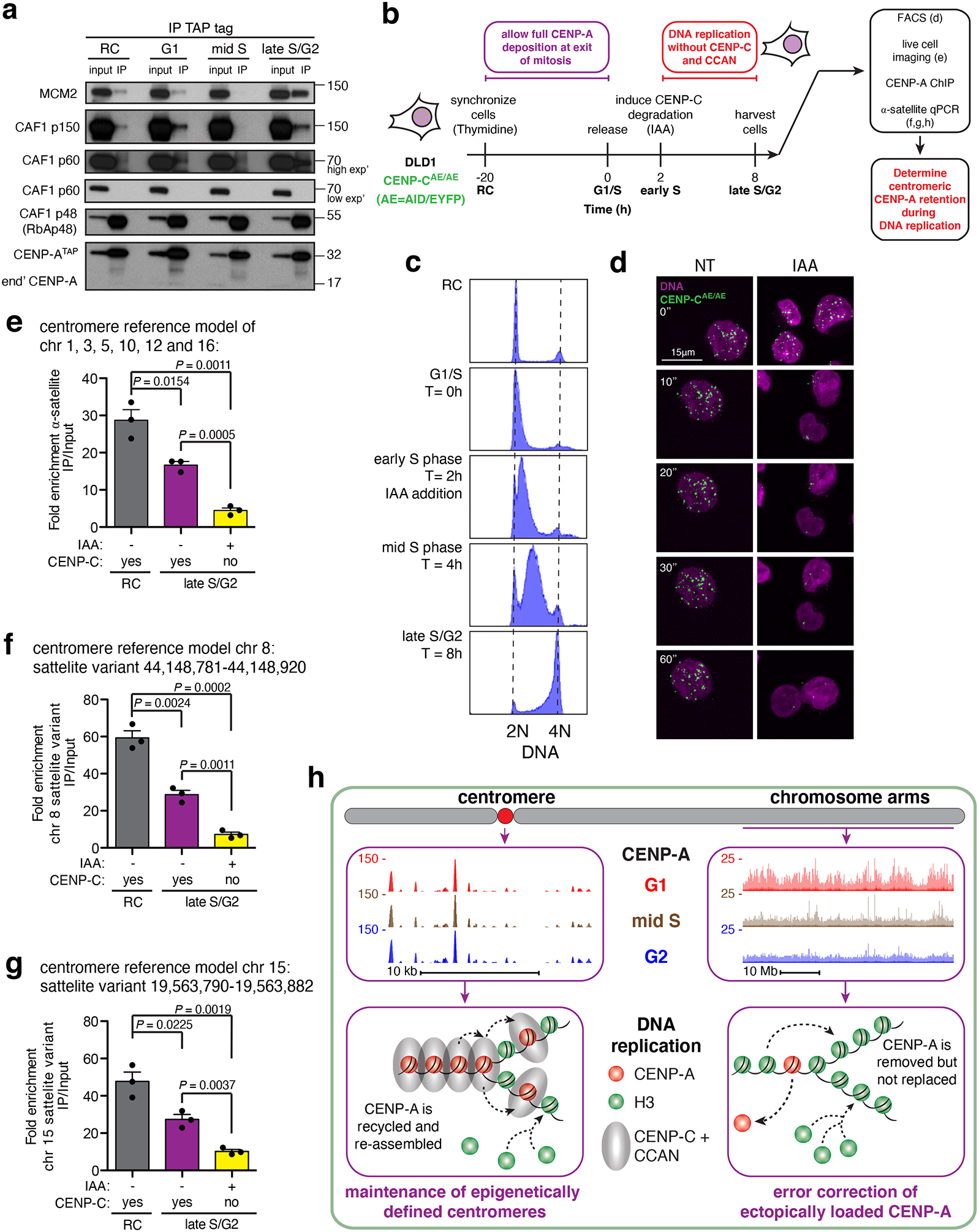Figure 7. CENP-C and the CCAN complex are essential for the epigenetic maintenance of human centromeres during DNA replication.

(a) CENP-ATAP was immunoprecipitated from micrococcal nuclease resistant chromatin isolated at different cell cycle phases and the immunoprecipitates were examined by immunoblotting for CAF1 complex subunits and MCM2. The experiment was repeated independently twice with similar results. Unprocessed film scans of immunoblots can be found in Supplementary Fig. 6. (b) Experimental design to test the role of CENP-C and CCAN complex in retention of centromeric CENP-A during DNA replication. The experiment was repeated independently three times with similar results. (c) FACS analysis of DNA content showing the synchronization efficiency of CENP-CAE/AE DLD1 cells during the experiment shown in (b). The experiment was repeated independently three times with similar results. (d) Live-cell imaging of CENP-CAE/AE DLD1 cells following addition of IAA at 0 minutes. DNA is labeled with sir-DNA, magenta. CENP-CAE/AE, green. Scale bar, 15uM. The experiment was repeated independently three times with similar results. (e) Quantitative real-time PCR for α-satellite DNA in chromosomes 1, 3, 5, 10, 12 and 16. N=3 from three biologically independent experiments. Error bars, s.e.m. P value determined using two-tailed t-test. (f,g) Quantitative real-time PCR for single-mapping α-satellite DNA variant in chromosome 8 (f), and chromosome 15 (g). N=3 from three biologically independent experiments. Error bars, s.e.m. P value determined using two-tailed t-test. Source data for e-g can be found in Supplementary Table 4. (h) Model for maintaining centromeric CENP-A while removing it from non-centromeric sites on the chromosome arms during DNA replication to ensure maintenance of centromere identity across the cell cycle.
